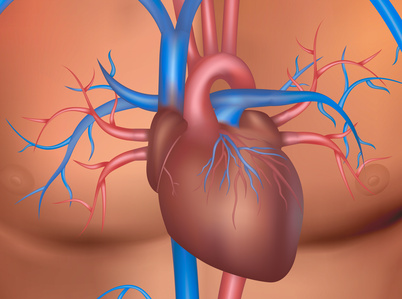Courtesy of Dr. Carlos Fava.
There a few treatment options for tricuspid valve disease. It is practically limited to diuretics and surgery, is associated to high mortality and, generally, mitral regurgitation.

Developing the “edge-to-edge” strategy with MitraClip has been shown beneficial and, at present, there are studies that claim this technique could be greatly beneficial both tor the “forgotten” valve alone or in combination with the mitral valve.
The study looked at 122 patients from the TriValve registry receiving combined transcatheter mitral plus tricuspid valve edge-to-edge repair (TMTVR) and 106 from the TRAMI registry receiving transcatheter mitral valve edge-to-edge repair (TMVR). They also presented severe tricuspid regurgitation.
Mean age was 77; those receiving TMTVR were mostly women, had less severe left ventricular function deterioration <30% (18% vs. 39.4% p<0.001), end-diastole diameter (54 mm vs. 59 mm; p = 0.007), atrial fibrillation (68.7% vs. 55.7%; p= 0.029) and cardiac failure functional class IV (32.8% vs. 18.9%; p=0.013). In addition, glomerular filtration was lower.
Read also: Impella and Adverse Events.
EuroSCORE in the TRAMI group was 26.2% and in the TriValve group was 12.1%. Tricuspid annulus dilation was 47±8 mm in the TriValve group.
Procedural success in the mitral valve was similar, and was 81% in the tricuspid. In patients undergoing TMTVR, procedure duration prolonged 50 minutes. There were no differences in hospital evolution.
Read also: ACC Recommendations against the New Coronavirus.
At one-year follow-up, mortality was higher in TMVR patients (34% vs. 16.1% p=0.035), with no differences functional class improvement, which was significant.
Conclusion
Joint treatment of both valves was associated to better survival vs. isolated mitral valve treatment in patients with severe mitral and tricuspid regurgitation. More randomized studies are necessary to confirm these results.
Courtesy of Dr. Carlos Fava.
Original title: Combined Tricuspid and Mitral VersusIsolated Mitral Valve Repair for Severe Mitral and Tricuspid Regurgitation An Analysis From the TriValve and TRAMI Registries.
Reference: Michael Mehr, et al J Am Coll cardiol Intev 2020;13:543-50.
Subscribe to our weekly newsletter
Get the latest scientific articles on interventional cardiology
We are interested in your opinion. Please, leave your comments, thoughts, questions, etc., below. They will be most welcome.





